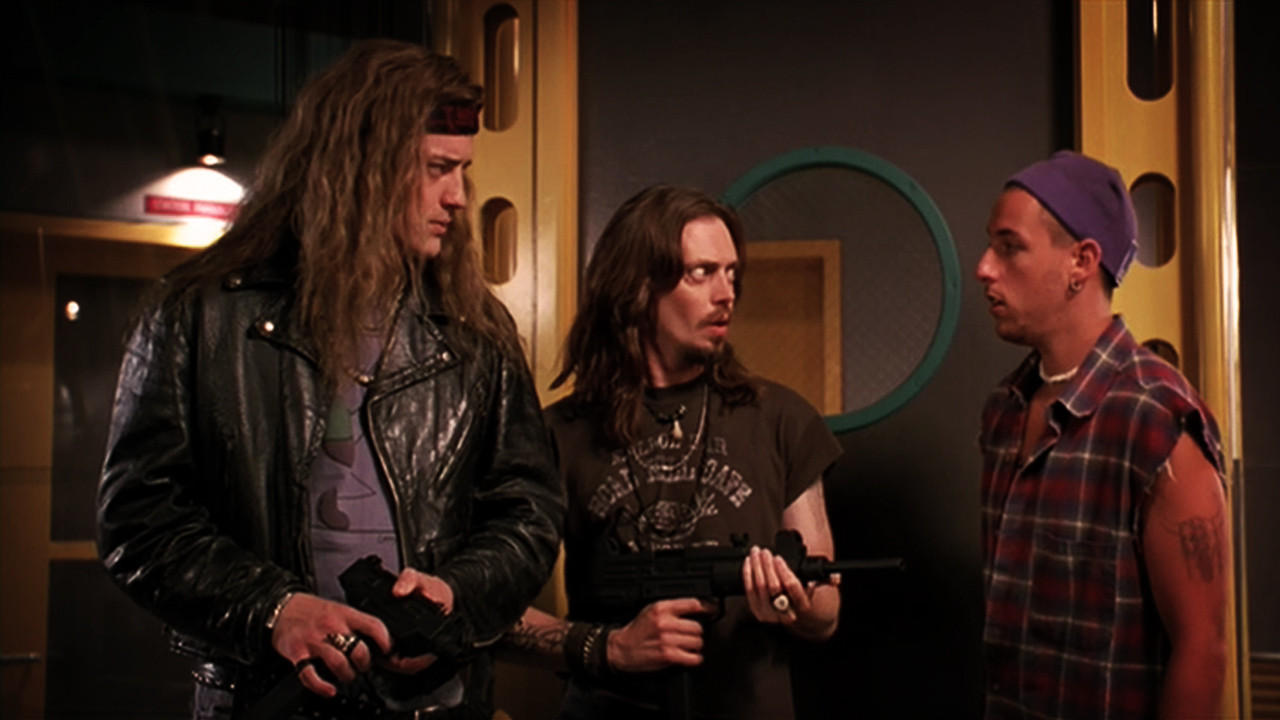Bremerton’s Harborside Fountain ParkDavid Rose grew up in Bremerton, remembers when its downtown was the retail center of Kitsap County, and subsequently watched it rot. But in September of 2002, just as downtown was showing signs of resurgence, he and his wife, Mary-Jo, purchased one of many vacant buildings, a former bowling alley with Popeye murals in the basement that are thought to have been drawn by Elzie Segar, the cartoon’s original artist. When David first leaned up against the old bar, it fell over. He tore it out, installed a new one, and turned the building into the South Pacific sports bar, located across the street from the Puget Sound Naval Shipyard and the Bremerton Ferry Terminal.That’s what Downtown Bremerton used to be: a graveyard of abandoned, neglected buildings in need of being rehabbed or torn down. And over the last six years, the city, regional agencies like Kitsap County Consolidated Housing Authority, and private investors have been doing just that. Bremerton’s new buildings are bright, if a bit generic, and have attracted reputable chains like Starbucks, Anthony’s Homeport, Taco Del Mar, Coldstone Creamery, and Hampton Inn. The city’s also added the Harborside Fountain Park–an amalgamation of submarine-inspired fountains, trees, and sitting areas–buffering the ferry terminal and the shipyard. But the Housing Authority’s publicly-financed condos are only half full, many storefronts remain unoccupied, and longtime businesses like the 78-year-old Park Avenue Diner have recently called it quits. Nevertheless, to make way for a proposed boardwalk connecting the Fountain Park with new retail space, Gary Sexton, the city’s director of economic development, wants to take the wrecking ball to the South Pacific and a strip of other buildings facing the ferry terminal. A concept design for the city’s “First Street Plaza” shows a new office and retail building in the bar’s current location. If approved by the city council, the South Pacific will be condemned, and the Roses will be paid market value for the building. This, naturally, is where the Roses take issue with the latest phase of the city’s revitalization efforts.“We bought down here to be part of Bremerton, to help revitalize it,” said Mary-Jo. “The downtown is starting to come alive. We’re a part of that already, whether the city likes it or not.”The Roses have accused Sexton of trying to strong-arm them into selling, saying he’s told them to their faces: “You can sell your building, or I am taking it.”“They want to bring in big corporate,” said Mary-Jo, pointing to the nearby Starbucks and Anthony’s. The Roses say they have consulted an attorney and would consider an appeal if the city council approves the condemnation proceedings. Sexton declined to comment on the Roses’ strong-arming allegations. Regarding the implication that the city’s only interested in corporate chains, Sexton says: “People always have their own impressions and their own views. But, that is about as far away from the truth as one can get.”Another legal roadblock comes in the form of the Suquamish Tribe, which stands opposed to a proposed 3,200-foot extension of the city’s waterfront boardwalk, saying it would interfere with the tribe’s fishing grounds. Here, the tribe cites the Treaty of Point Elliott, signed in 1855 by Chief Seattle, as well as the Boldt decision in 1974, which Tribal Chairman Leonard Forsman says gives Indian tribes rights to half of the harvestable salmon in the state. The tribe’s opposition could ultimately kill the project. Officials with the Army Corp of Engineers, Seattle District — the agency that would determine the fate of the city’s permit for the project — say they haven’t approved a permit opposed by tribes in over a decade. “The current scope of the project is just too big,” says Forsman. “We also have a right to protect the habitat that supports (the fish). We have a responsibility to future generations to provide them with what our ancestors gave to us. But we have to balance that, of course, with the economic needs of different communities, including our own.”Forsman says he’s not sure how much fishing is done in the area in question, but says that if the tribe were only to protect the spots they currently fish, urbanizing the rest “would probably affect everything else. I don’t want to get caught in that trap.”Mayor Cary Bozeman claims the city has extensive data to back up its assertion that the environmental impacts of the project would be minimal, and says he’s ready to negotiate with the tribe. “We think we’re on the right side of this issue, and they don’t agree with us,” says Bozeman, who notes that the city has already raised $14 of the $26 million required to complete the project. “There’s no end date here. It could go on for years. We believe it’s a worthwhile project both on the environmental side and the social side. We have time.”
More Stories From This Author
New state legislation fights catalytic converter theft
Governor Jay Inslee signed a bill on March 26 adding new regulations to the purchase and sale of catalytic converters…
By
Benjamin Leung • April 8, 2024 1:55 pm
Kirkland officer steps down following investigation into bikini barista incident
A Kirkland police officer accused of exhibiting odd behavior toward bikini barista employees while using a city-owned vehicle has resigned…
By
Cameron Sires • April 5, 2024 10:09 pm
KC Sheriff’s Office sues over Burien encampment ban
Office of Law Enforcement Oversight director calls Burien’s ordinance “unconstitutional.”
By
Cameron Sheppard • March 18, 2024 12:32 pm







